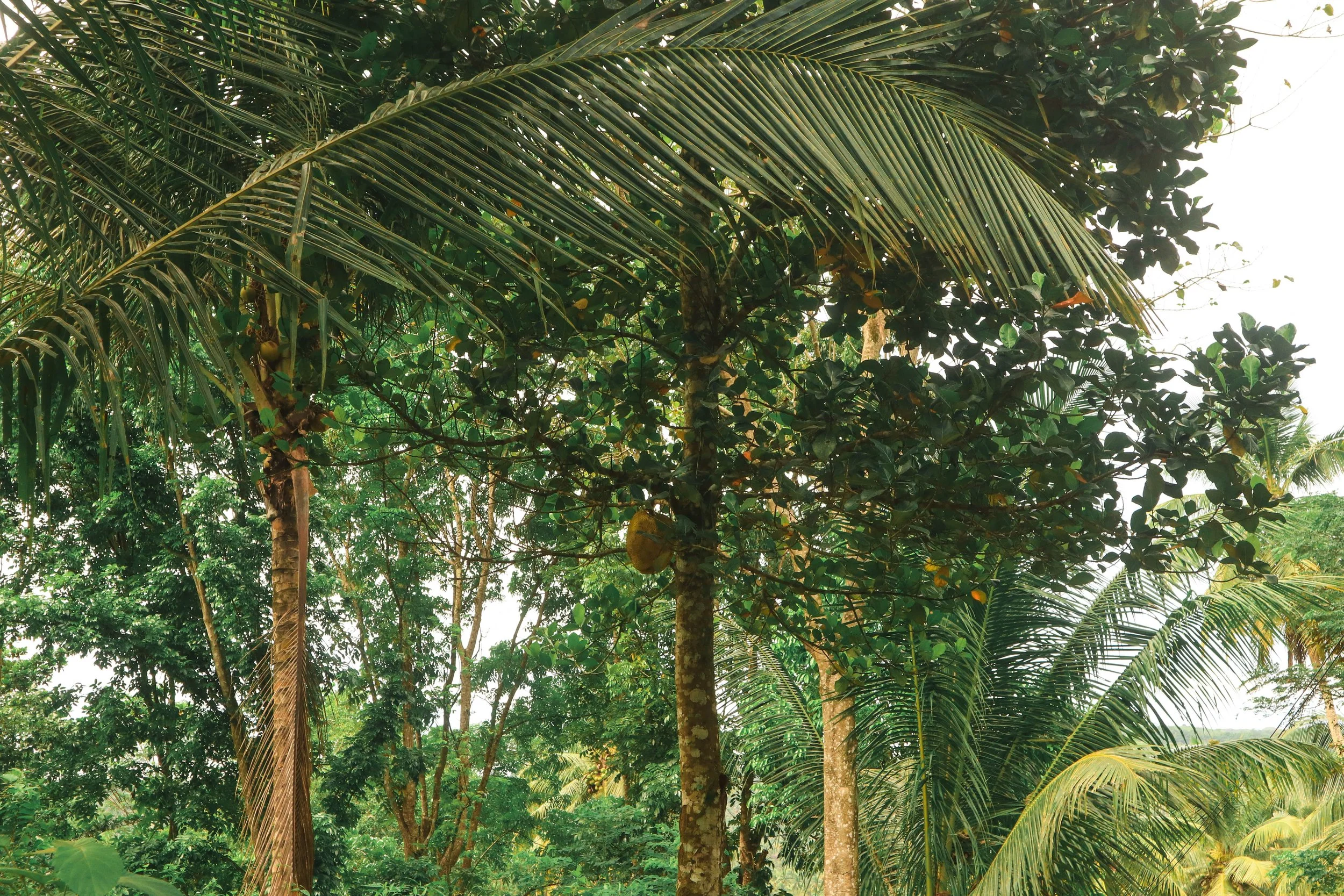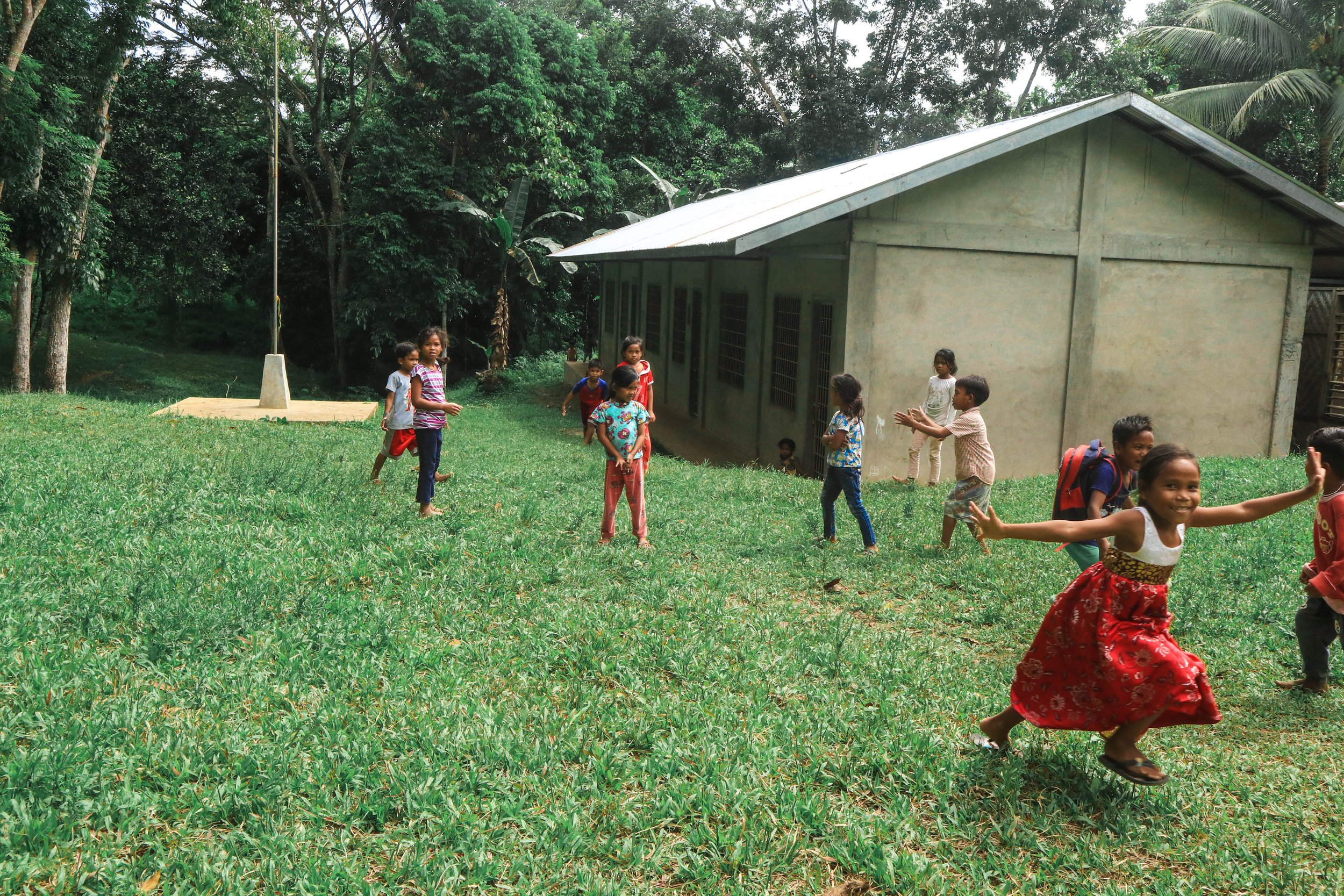
Mindanao is our last frontier.
It is imperative for us to fight for climate justice in Mindanao, if we want to fight for climate justice nationally and internationally.
Why care about climate change?
Every day, we see how climate change affects us on a global scale–the sea levels are rising, the typhoons are becoming more severe, global warming continues. In fact, this is why the United Nations Framework Convention on Climate Change (UNFCCC) holds COP every year, COP 27 now almost amidst us. This Convention has been initiated to respond to the anthropogenic climate change we experience.
Everyone is affected by the impacts of climate change. This is undeniable. However, it is also only fair to say that we are not all equally affected. Some communities are carrying the brunt more than others. Namely, developing countries are suffering immensely due to both geographical location as well as the lack of financial capacity to adapt, minimize and respond to the impacts. The Philippines, in truth, has been suffering the consequences for years now. As a country that already faces around 16 typhoons each year, to have typhoons be more intense in the past years is difficult to manage. The impacts brought by climate change have destroyed many homes, livelihoods, and cultures–one of the most affected in the Philippines being the island of Mindanao.
What about Mindanao?
Mindanao is known as the Philippines' last frontier due to its vast natural resources. It hosts the country's last remaining old-growth forests that are crucial in absorbing greenhouse gasses and protecting against extreme weather events. The island is home to half of the country's estimated mineral wealth. Almost 50% of gold reserves and 65% of nickel reserves in the country are located in Mindanao. It is also the source of major agricultural resources in the Philippines like pineapple, copra, coffee, abaca, cocoa, and corn. At least 500,000 hectares of land in Mindanao is occupied by agribusiness plantations. The island is also surrounded by bodies of water with a rich variety of marine resources.
Because of its rich natural resources, Mindanao is targeted by development aggression of large scale transnational and multinational corporations. Destructive mining activities, logging concessions, and widespread monocrop plantations in the island have caused significant environmental destruction, some in identified Key Biodiversity Areas. Further deforestation and exploitation of the island’s resources could lead to irreversible ecological damage with widespread effects on the environment and the people.
Mindanao is undoubtedly an area of critical ecological importance. As one of the last frontiers of the country, it is imperative for us to give due attention to forwarding climate justice in the Philippines, especially in Mindanao, in the global fight against climate change.
Why make a stand?
The issue of climate justice transcends states, nations, ethnicities, and religions; it affects every individual living in any community in this world thus making it worthy of systematic attention. While the Philippines as a “developing country” contributes negligibly to worldwide environmental destruction, it is one of the most affected by the effects of climate change. But this negligible contribution in the international scale does not omit the fact that its intra-state practices vis-a-vis the environment have alarming consequences to its communities. When zoomed in, most of the struggles faced by its indigenous communities are caused by the country’s negligence to the importance of environmental protection. Thus, it is imperative to instill the principle of climate justice and environmental protection in the country to contribute to the global action addressing climate change.
One of the most vulnerable to environmental degradation in the Philippines is the island of Mindanao. Its vast natural resources make it attractive to businesses and corporations which have interests contrary to the welfare of the indigenous or Lumad communities in the island. This contradiction in interests often leaves the welfare of the indigenous communities unattended because of their lack of influence in policy-making, among other factors. Moreover, their lives also become threatened as they become defenders of the environment.
The said situation in Mindanao provides the urgency of building a network that will focus on the environmental concerns affecting its people. While there are numerous organizations in the country forwarding climate justice, specific focus in Mindanao is not yet established. Therefore, the Youth for Climate Justice in Mindanao seeks to fill this gap. In addition to this, the network recognizes the significant role of the youth in addressing the issue as they are known to inherit the future of the environment. Their commendable passion for volunteerism also warrants an organized platform for their advocacy.
Kinaiyahan aims to form alliances and solidify collective action of the individuals and organizations that advocate for climate justice in Mindanao. This is based on the premise that both the specialized effort for the network of each individual network and their solidarity with other organizations are recognized as essential in making effective and efficient initiatives. It is hoped that through the network and its specific focus on Mindanao, the Philippines can take a step forward in responding to the international call for climate justice.

“Where you might have time, talent and treasure get involved in advocacies and programs that will strengthen a society that honors the rule of law, alleviate poverty, bring about a better quality of life for everyone, especially the poorest among us, namely the Moro and Lumad communities of Mindanao”
— Br Carlito “Karl” M Gaspar CSsR
writer, socio-anthropologist, theologian, interfaith scholar, missionary, artist, and peace advocate
